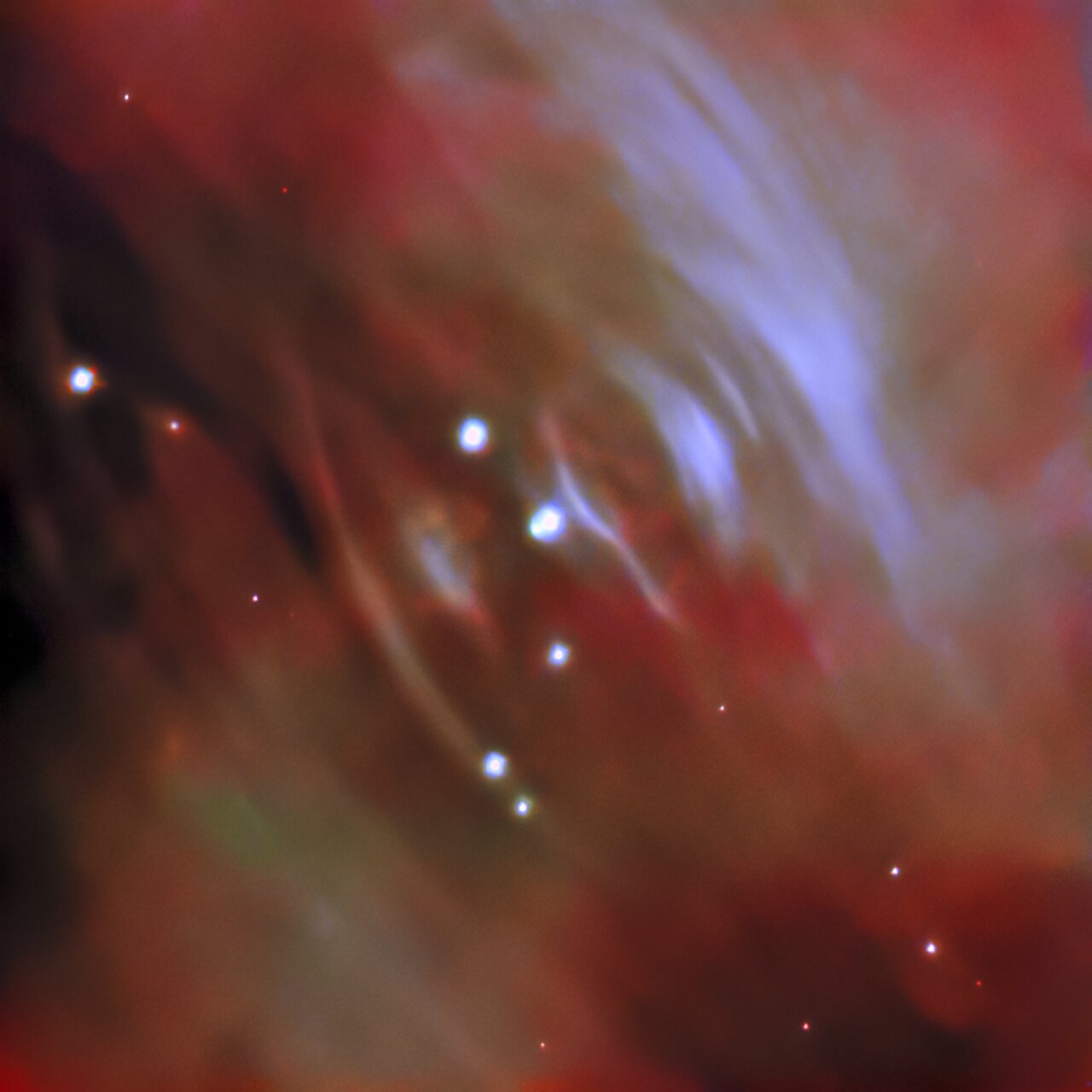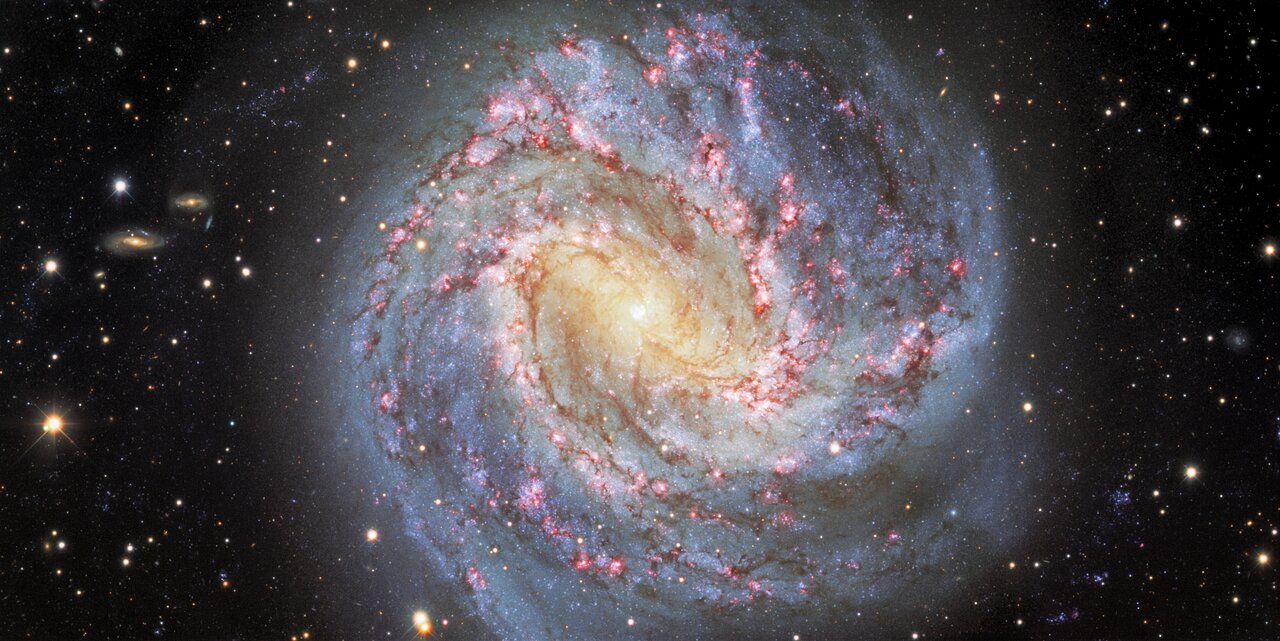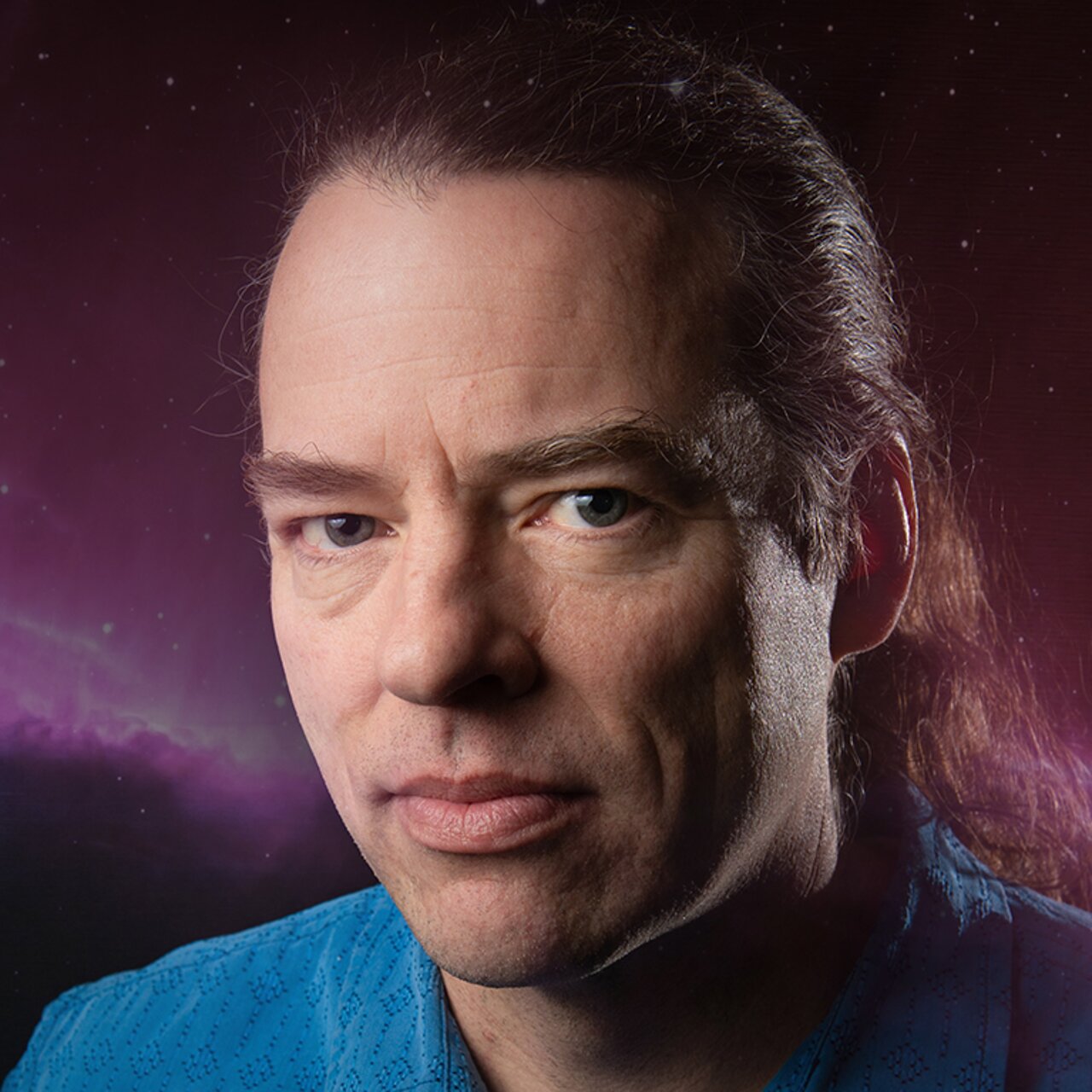
FITS Liberator 4: How NOIRLab’s pretty pictures are made
Software vital for processing astronomical data has received a new lease of life with the development of the free FITS Liberator 4
Profile
Name:
-
FITS Liberator Version 4.0
Operating systems:
-
Available for Windows 10 (64 bit) and above, Mac OS X 10.14 and above, and Linux
Features:
-
Supports large images (even greater than available memory); saves data as TIFF files that can be opened by other image-processing software; full support of 64-bit operating systems; Command Line Interface available for batch processing of FITS files
Developed by:
-
Scientists at NOIRLab, IPAC, NASA, ESA, STScI and Harvard CfA
Original version released:
-
2004
Science goals:
-
To convert the standard astronomical FITS data format into a format usable by other software
-
To allow members of the public all over the world to access raw data from large ground- and space-based observatories and process their own images from that data
5 Oct. 2021
A new version of NOIRLab/IPAC/ESA/STScI/CfA FITS Liberator, which allows astronomers to take astronomical data and convert it into images, has become available for download and is accessible to professionals and amateur astronomers alike.
The original version of FITS Liberator, launched in 2004, was originally designed as an interactive plugin for Adobe Photoshop in response to non-interactive line-by-line input tools like IRAF. Over the years, as other image processing programs have found popularity, later versions of FITS Liberator have been standalone software designed to work with any imaging program.
The amazing images of the Universe that we see produced by NOIRLab’s telescopes, as well as observatories such as the Hubble and Spitzer space telescopes, all start off as FITS files. FITS stands for Flexible Image Transport System, which has been in use by astronomers since the early 1980s, but has really become ubiquitous over the past 30 or so years with the advent of Charged Coupled Devices (CCDs), which are electronic sensors used in astronomical cameras, replacing photographic plates.
“FITS Liberator has gone through significant improvements over the years,” says Lars Lindberg Christensen, Head of Communications, Education & Engagement at NOIRLab, who co-originated the software with Robert Hurt of IPAC/Caltech back in 2003. “It’s an interactive tool, and its main function is to take these amazingly rich astronomical data sets from telescopes all over the world, and in space, and allow the user to extract the absolute maximum signal from them.”
 |
 |
Credit: NOIRLab/IPAC/ESA/STScI/CfA FITS Liberator. |
|
The amazing images of the Universe that we see produced by NOIRLab’s telescopes, as well as observatories such as the Hubble and Spitzer space telescopes, all start off as FITS files.
FITS files are not image files, like a jpeg or a tiff, and so they cannot be opened by popular image processing software. Instead, they are data files, recording not just the brightness of the object being observed, but also spectroscopic data, as well as information about the telescope and camera such as the details of the instrument being used, its temperature, the temperature exterior to the instrument, and any other useful information that might impact how scientists analyze their observations and the conclusions they draw from their analyzes.
Usually, astronomers do not turn their data into imagery — although on occasions they do — but great images from giant telescopes are an excellent tool for public outreach. So, when wanting to actually create an image rather than just look at the data, the FITS liberator software is used to convert the FITS files into grayscale image files, where each pixel is just 8 or 16 bits.
“An 8-bit grayscale image can only show 256 shades of gray [28], whereas the data files that we get from our telescopes have a much wider dynamic range,” says Travis Rector, who is a Professor of Astronomy at the University of Alaska Anchorage, and who, as part of his astronomy education outreach work, has spent many years creating hundreds of astronomical images. FITS Liberator employs a "scaling" function, which converts data pixel values into grayscale image pixel values, and from this a grayscale image is produced. It’s then up to the user to import that grayscale image file into processing software such as Adobe Photoshop or GIMP, to create the colorful astronomical images that we are familiar with.
This new version of FITS liberator is in its fourth incarnation, and it has been designed by an international team to deal with the demands of modern astronomy data. For example, the LSST Camera at NOIRLab’s Vera C. Rubin Observatory will produce FITS files of 3.2 billion pixels, and previous versions of the software were not set-up to handle such huge files. “Because astronomical telescopes are now producing giant images, we needed a tool that would be able to work with them,” says Rector. Operating systems have also moved on since version 3 was released in 2012, requiring updates to the software.

The beauty of FITS Liberator is that it also allows members of the public to get in on the act, and download and process images based on data from their favourite professional or amateur telescopes — the NOIRLab data archive can be found at https://astroarchive.noirlab.edu/. Many amateur astronomers have downloaded FITS Liberator to access and then process images taken by the likes of the International Gemini Observatory, or the Hubble Space Telescope. Occasionally, they even make a discovery.
“For instance, there was a discovery in the inner parts of a galaxy [IC 5063] where a citizen scientist, Judy Schmidt from California, found that there was the shadow of a ring of dust around a black hole, and this discovery was made purely by looking at the image [that Schmidt had processed],” says Christensen. The shadow had not been visible in the original processed image from the Hubble Space Telescope, and it was only after further careful image processing by Schmidt that the shadow became visible.
Because astronomical telescopes are now producing giant images, we needed a tool that would be able to work with them.
Anyone wishing to download the latest version of FITS Liberator may do so at: https://noirlab.edu/public/products/fitsliberator/. There are also numerous tutorials available, written by astronomers such as Roberth Hurt, to get new users up to speed on the software.
Links



